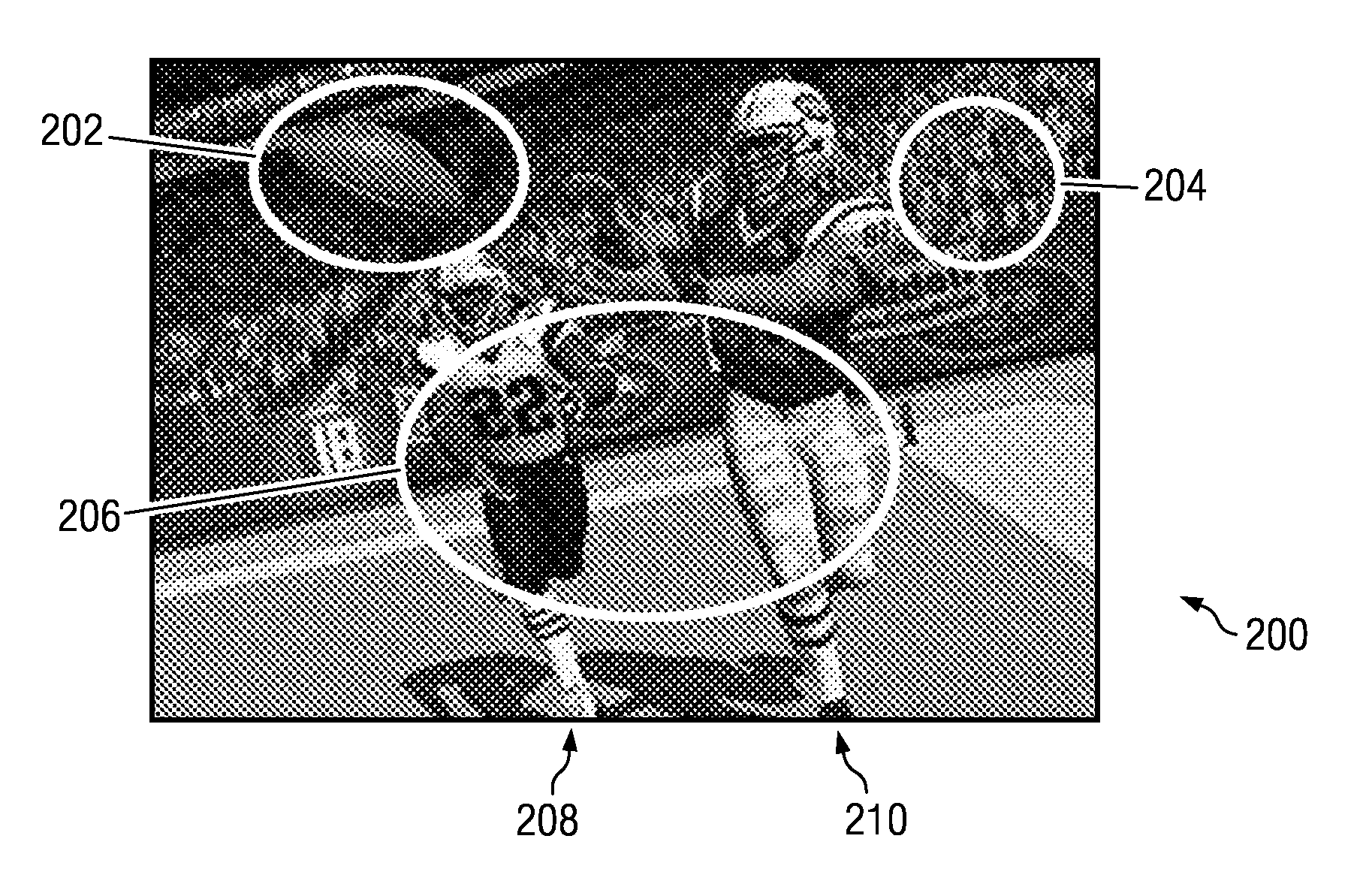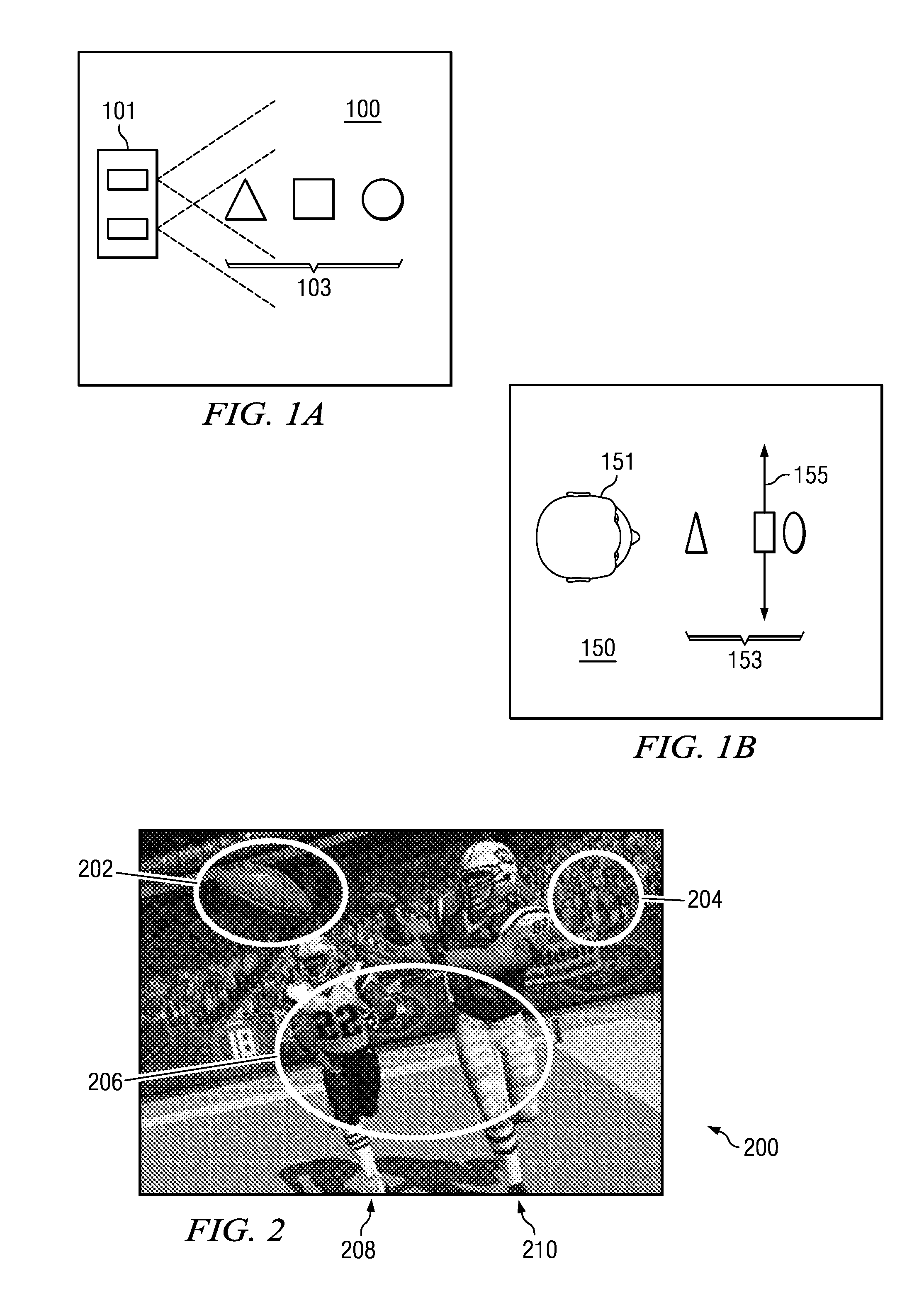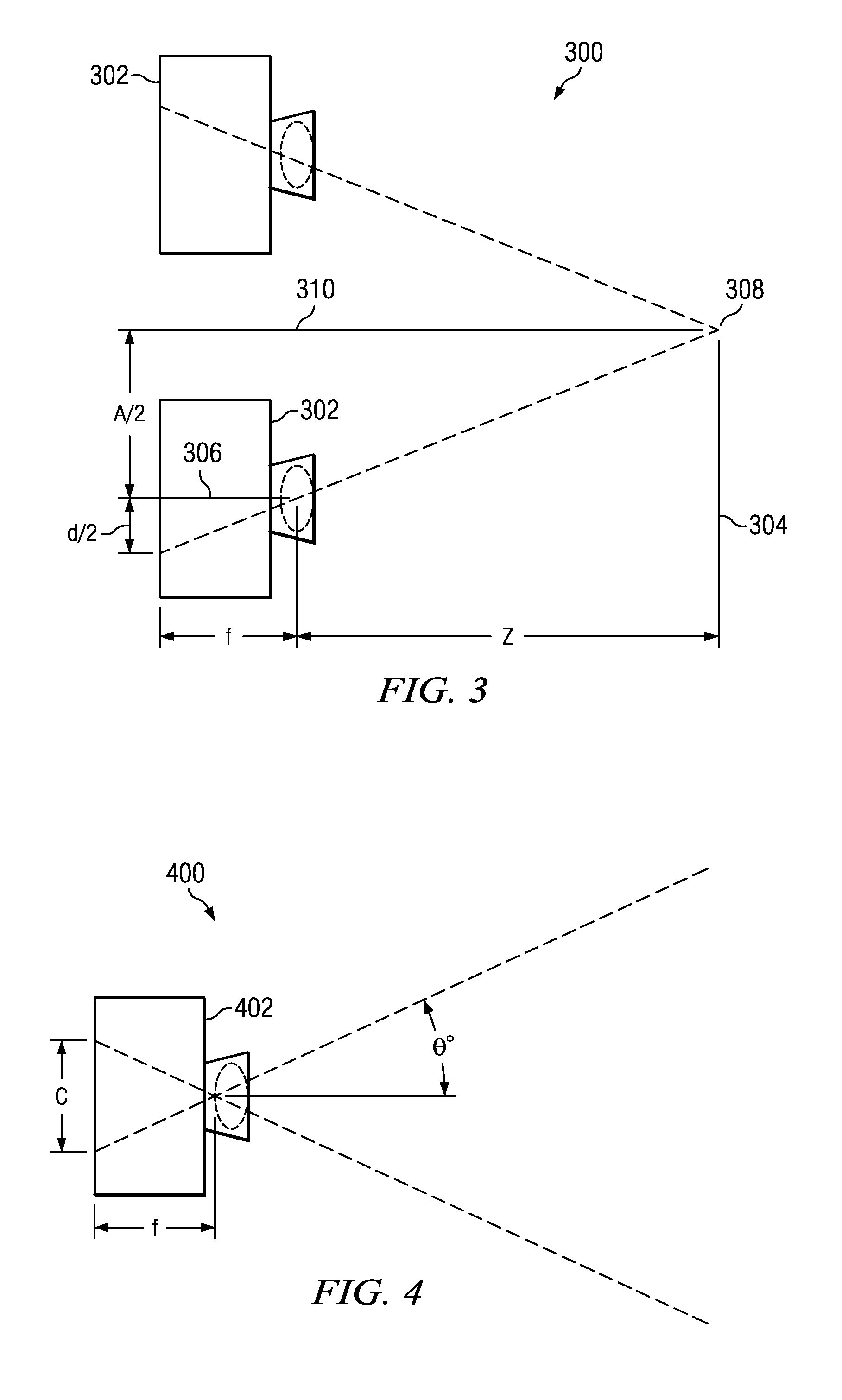Optimal depth mapping
a depth mapping and depth mapping technology, applied in image analysis, instruments, computing, etc., can solve the problems of perceived depth being both compressed and distorted, and achieve the effect of optimizing stereoscopic images
- Summary
- Abstract
- Description
- Claims
- Application Information
AI Technical Summary
Benefits of technology
Problems solved by technology
Method used
Image
Examples
Embodiment Construction
[0032]When two cameras of fixed separation capture a stereoscopic image pair from a real scene, the depth on a playback stereo display is non-linear. Uniformly-spaced objects (such as telegraph poles disappearing into the distance) appear to get closer together the further away they are. As used herein, the term “camera” refers to either a physical camera or a capture viewpoint in Computer Generated Imagery (CGI) virtual space. The present disclosure may relate to both a real-world capture environment and a CGI environment.
[0033]FIGS. 1A and 1B are schematic diagrams illustrating this depth distortion phenomenon. FIG. 1A illustrates the top view of a scene 100 with stereoscopic cameras 101 and substantially equally-spaced objects 103. FIG. 1B illustrates the top of the same scene 150 as visualized on a display. Viewer 151 faces a display with a display plane 155, and perceives the objects 153 at a non-uniform depth.
[0034]FIG. 2 is a schematic diagram illustrating a 3-D scene 200 and...
PUM
 Login to View More
Login to View More Abstract
Description
Claims
Application Information
 Login to View More
Login to View More - R&D
- Intellectual Property
- Life Sciences
- Materials
- Tech Scout
- Unparalleled Data Quality
- Higher Quality Content
- 60% Fewer Hallucinations
Browse by: Latest US Patents, China's latest patents, Technical Efficacy Thesaurus, Application Domain, Technology Topic, Popular Technical Reports.
© 2025 PatSnap. All rights reserved.Legal|Privacy policy|Modern Slavery Act Transparency Statement|Sitemap|About US| Contact US: help@patsnap.com



